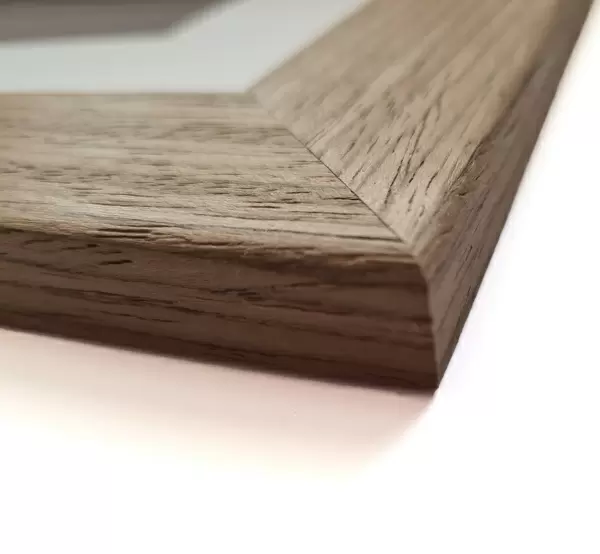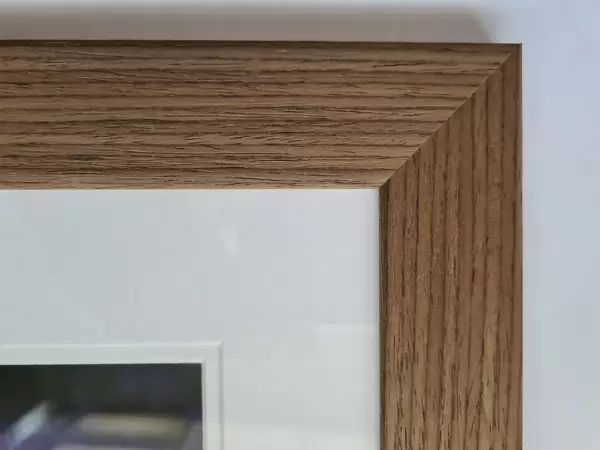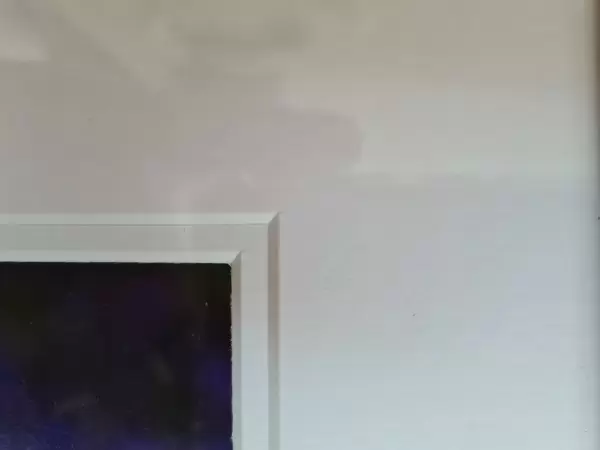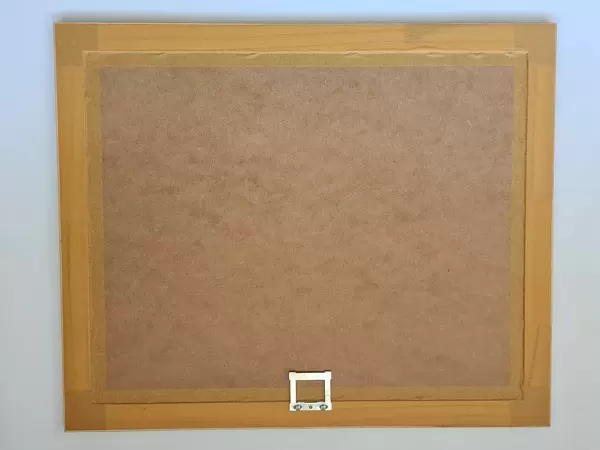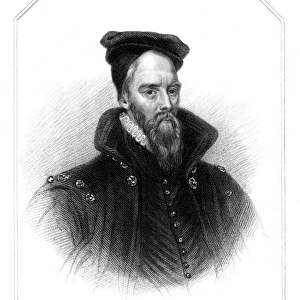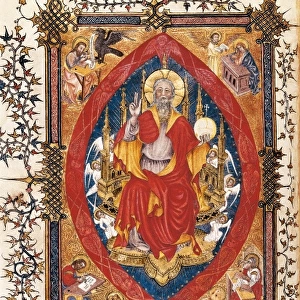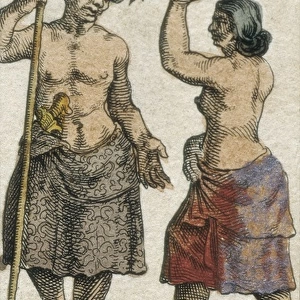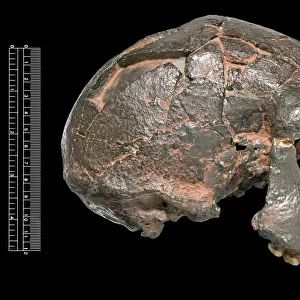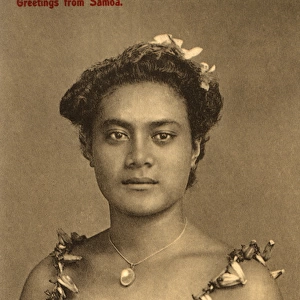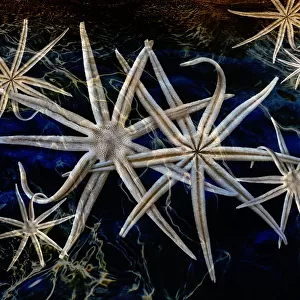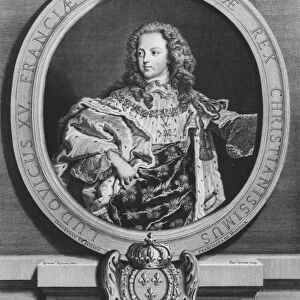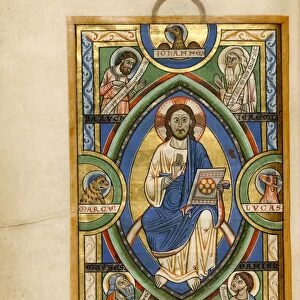Premium Framed Print : Homo erectus femur (Trinil)
![]()

Framed Photos from Mary Evans Picture Library
Homo erectus femur (Trinil)
A cast of a Homo erectus femur originally discovered at the Trinil site on the Solo River, Java, Indonesia by Eugene Dubois between 1891 and 1892
Mary Evans Picture Library makes available wonderful images created for people to enjoy over the centuries
Media ID 8589929
© Mary Evans Picture Library 2015 - https://copyrighthub.org/s0/hub1/creation/maryevans/MaryEvansPictureID/10707529
Anthropological Anthropology Bone Cast Dubois Epitheria Eugene Eutheria Femur Fossil Fossilised Great Ape Haplorhini Hominid Hominidae Hominini Hominoid Hominoidea Homo Homo Erectus Java Mammalia
17"x15" (43x38cm) Premium Frame
FSC real wood frame with double mounted 10x8 print. Double mounted with white conservation mountboard. Frame moulding comprises stained composite natural wood veneers (Finger Jointed Pine) 39mm wide by 21mm thick. Archival quality Fujifilm CA photo paper mounted onto 1mm card. Overall outside dimensions are 17x15 inches (431x381mm). Rear features Framing tape to cover staples, 50mm Hanger plate, cork bumpers. Glazed with durable thick 2mm Acrylic to provide a virtually unbreakable glass-like finish. Acrylic Glass is far safer, more flexible and much lighter than typical mineral glass. Moreover, its higher translucency makes it a perfect carrier for photo prints. Acrylic allows a little more light to penetrate the surface than conventional glass and absorbs UV rays so that the image and the picture quality doesn't suffer under direct sunlight even after many years. Easily cleaned with a damp cloth. Please note that, to prevent the paper falling through the mount window and to prevent cropping of the original artwork, the visible print may be slightly smaller to allow the paper to be securely attached to the mount without any white edging showing and to match the aspect ratio of the original artwork.
FSC Real Wood Frame and Double Mounted with White Conservation Mountboard - Professionally Made and Ready to Hang
Estimated Image Size (if not cropped) is 18.9cm x 24.4cm (7.4" x 9.6")
Estimated Product Size is 38.1cm x 43.1cm (15" x 17")
These are individually made so all sizes are approximate
Artwork printed orientated as per the preview above, with portrait (vertical) orientation to match the source image.
EDITORS COMMENTS
1. Title: A Glimpse into the Past: Homo Erectus Femur from Trinil, Java. This image showcases a cast of a significant discovery in human evolutionary history - the femur bone of Homo erectus, unearthed at the Trinil site on the Solo River, Java, Indonesia, between 1891 and 1892. The discovery, made by Dutch anthropologist Eugene Dubois, provided crucial evidence of an early hominid species that bridged the gap between apes and modern humans. The Homo erectus femur, a key fossil in anthropology, is an essential anatomical piece that offers insights into the anatomy and locomotion of this extinct hominid. The femur's robust structure and distinctive features, such as a larger head and a more vertical orientation, suggest that Homo erectus was a bipedal, or upright-walking, hominid. Homo erectus, a member of the Hominidae family, is classified within the primate order, which includes great apes and humans. This hominid species is also a part of the superorder Haplorhini, characterized by simple, non-retractile nasal mucous membranes. Homo erectus is further classified as a hominoid, a primate suborder that includes hominids and apes. The discovery of the Homo erectus femur at Trinil marked a significant milestone in the study of human evolution. This fossil, along with other findings, provided evidence that early hominids were capable of walking upright, a trait that is considered a defining characteristic of the Hominini tribe, to which both modern humans and Homo erectus belong. Eugene Dubois' groundbreaking work continues to influence our understanding of human evolution, and the Homo erectus femur remains a testament to the rich history of our ancestors. This cast, a faithful reproduction of the original fossil, offers a unique opportunity to explore the intricacies of our past and the fascinating journey of human evolution.
MADE IN THE UK
Safe Shipping with 30 Day Money Back Guarantee
FREE PERSONALISATION*
We are proud to offer a range of customisation features including Personalised Captions, Color Filters and Picture Zoom Tools
SECURE PAYMENTS
We happily accept a wide range of payment options so you can pay for the things you need in the way that is most convenient for you
* Options may vary by product and licensing agreement. Zoomed Pictures can be adjusted in the Basket.



